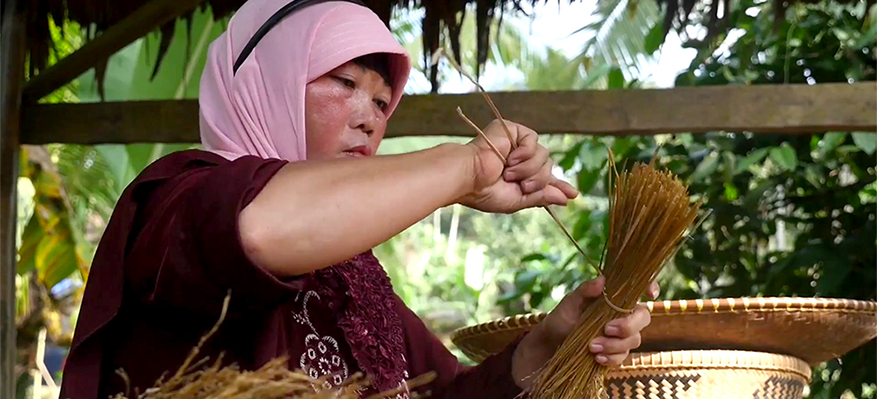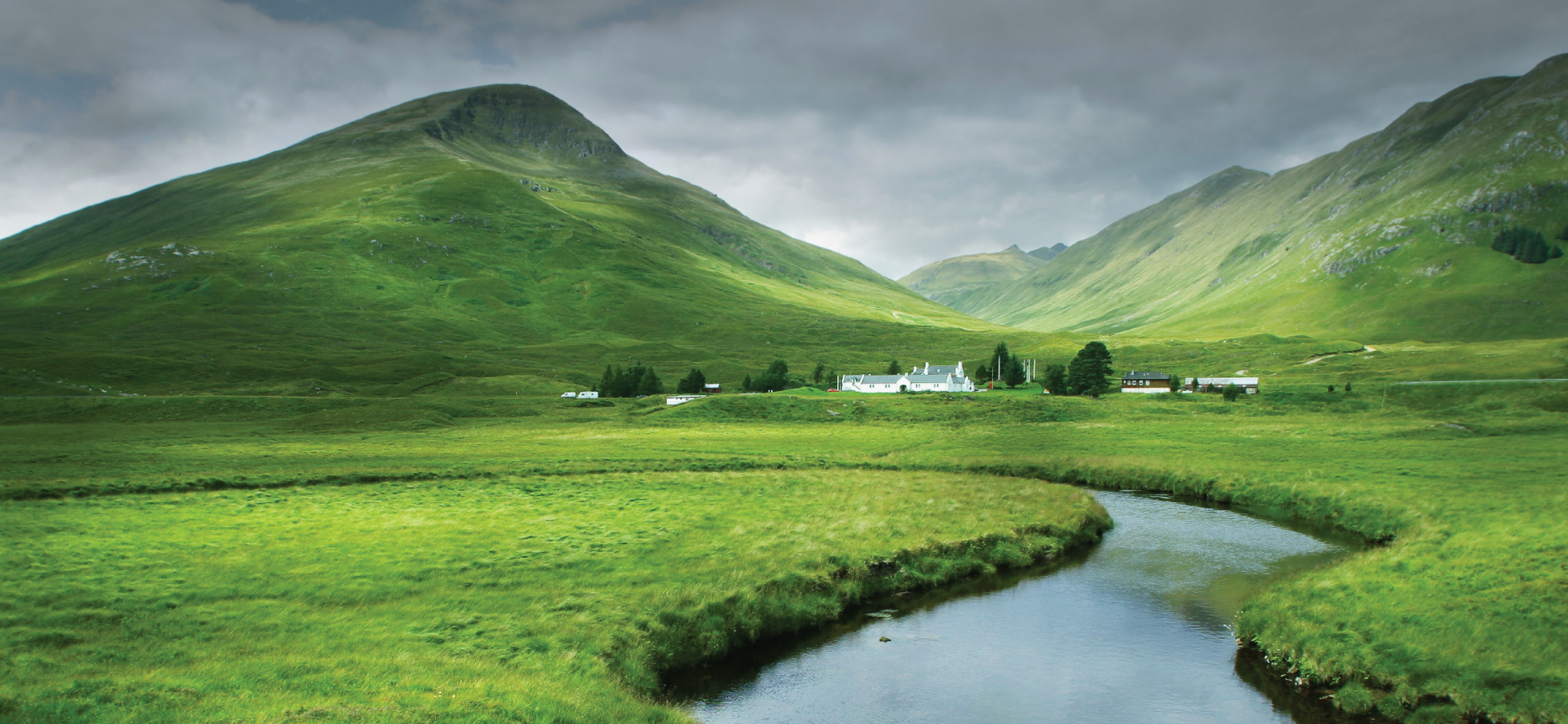Stockholm Conference: October 4-5, 2017
In 2013, leading Indigenous Peoples, community organizations, NGOs, governments, private companies, and investors met in Interlaken to devise strategies to scale up global efforts to secure community land and resource rights. In September 2015, we met in Bern to assess and establish a new baseline from which to measure global progress. In October 2017, we met once again to -stock of what works and what doesn’t, and build on our shared progress. If you missed it, read the outcome report or watch the conference wrap up video.
Why Do Communities Need Legal Rights to Their Land?
All too often, communities do not have secure, clear, and legal rights to own their ancestral land. These legal gaps make it easier for outsiders to claim the land as their own, or for governments to give away the land for logging, agriculture, mining, and oil. As a result, communities can suffer from violence, evictions, loss of their livelihoods, and other human rights violations.

Over 1 billion people are at risk from insecure or nonexistent land rights.
Ownership of roughly one-half of rural, forest and dryland areas of the developing world is contested, directly affecting the lives and livelihoods of at least 1.5 billion people. These lands, which contain the soil, water, carbon, and mineral resources that the future of all humanity depends upon, are the primary targets of rapidly expanding investments in industrial agribusiness, logging, mining, oil and gas, and hydroelectric production.

Why an International Conference Series?
This conference series creates a global platform to address the growing need for secure community land and resource rights. The conferences bring together diverse stakeholders that have a direct, common, and urgent interest in clarifying and securing the ownership of community lands and resources around the world. These stakeholders include representatives from governments, civil society, business, local communities, and Indigenous Peoples.

Who is Involved?
We are a group of organizations and individuals who understand the importance of community land and resources rights, and the need to scale up efforts to secure them.
The organizations who have been involved in the international conference series Scaling-Up Strategies to Secure Community Land and Resource Rights include Rights and Resources Initiative, the International Land Coalition, Oxfam, IUCN, and HELVETAS-Swiss Intercooperation.






